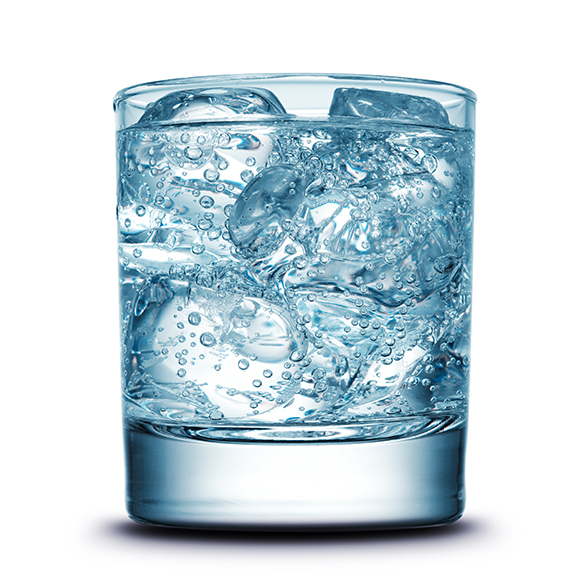For the experienced molecular gastronomist or mixologist, the science behind a nitrous oxide (N2O) infusion may be obvious, but for those of us who have stumbled into infusions, it can seem a little like magic. We assure you it’s science and it’s very interesting. Essentially infusing liquids with N2O is the same technique used in carbonating a soft drink with carbon dioxide (CO2).
Many gasses, including CO2 and N2O were discovered by Joseph Priestley in the late 1700s. His work inspired the carbonation explosion of the 19th century. Carbonation is a process in which a liquid is super-saturated with CO2. In a modern kitchen, carbonation occurs when we introduce CO2 and a liquid into an airtight chamber and trap it inside behind a valve. The CO2 then penetrates the liquid, creating bubbles and moderately changing the flavor. Infusion uses a similar process but with N2O, creating what could be called “nitrousation” within the airtight chamber. For more information about the history of gas and the kitchen please see our article The Origin of the Perfect Whip.

The main differences between CO2 carbonation and N2O infusion are the reaction to liquids and the bubbles (both in form and size) produced by the gasses. For example, CO2 has a chemical reaction to liquids, producing a new weak acid called carbonic acid. This is the acidic flavor in soft drinks and sparkling water. N2O doesn’t have this reaction to liquids, so it doesn’t leave a flavor.
Also, CO2 creates a larger bubble structure than N2O. These bubbles are seen in carbonated drinks and disappear after all the gas has escaped the liquid, leaving the beverage “flat”. The smaller bubble structure of N2O helps it to bond with liquids and fats and produce an aeration that creates a smooth feel, especially in creams and foams. This makes N2O perfect for whipped cream. If CO2 was used to make whipped cream, it would produce carbonic acid in the cream and give it a flavor similar to spoiled milk.
IMPORTANT: If there is one thing to learn from this article it is to NEVER make whipped cream with CO2. Yuck.

You can be a good molecular gastronomist and avoid unwanted kitchen bloopers by using XLWhip quality nitrous oxide for all your culinary conquests, especially making the best whipped cream available today. See our recipes section for more information.